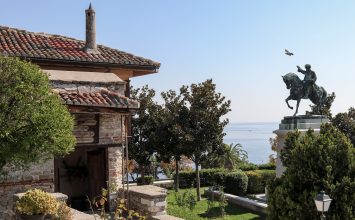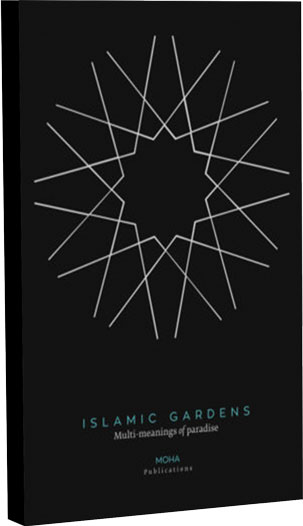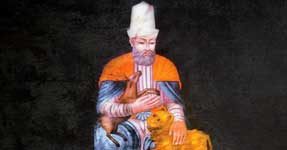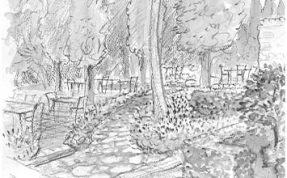One of the oldest trades is the spice trade which played an important political, historical and cultural role over the centuries. It all started with the great explorations in the East. Merchants, sailors, explorers and travellers brought exotic spices to the West via the old caravan routes, from the Far East and Asia to Europe. The distance that separated the old continent from their countries of origin made the spices particularly valuable, so much so that the value of some of them approached that of gold.
On the Spice Trade Route, cities and ports were developed, people, religions and cultures intertwined.
The vast Arabia has for centuries been a major spice trading center. Arab traders used to deliberately conceal spices’ source and method of production. During the Roman Empire, Alexandria in Egypt became an international trading center for spices, receiving goods from India, which were then transported to the ports of Greece and Europe. Around the 10th century, Venice became an equally important trade center for goods from the East.
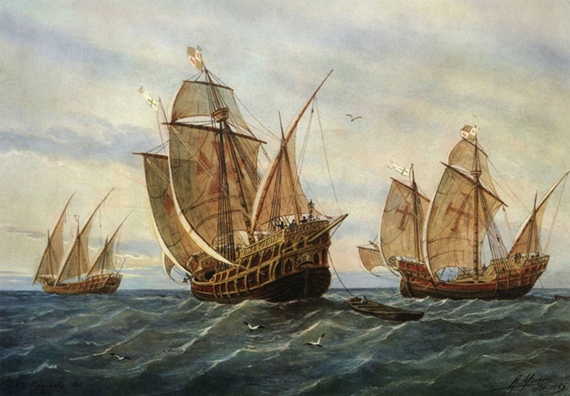
At the end of the 15th century, Europeans tried to break the Venetian monopoly and open new routes to spice-producing countries. Then the Portuguese seafarers managed to transport spices from India by crossing the Cape of Good Hope and circumnavigating Africa.
The desire of Europeans to find a different route to spices gave a strong push with unexpected results, the bypassing of Muslim countries, which led to the discovery of new, previously unknown territories and continents, like the Americas.
In Europe, spices quickly became luxury goods, signifying prestige, good taste, wealth, success. Most of them were considered rare, with mysterious origin. They were even considered magical, sacred, and used as medicine to prevent diseases in a society plagued by epidemics. They became symbols of aristocratic elegance and high social status, along with titles and the silk clothes of the nobility.
The decline in demand for spices began in the 19th century, as other products such as cocoa, coffee and sugar became important in the diets of wealthy Europeans. Spices were out of fashion. Potatoes, rice, tomatoes came to the forefront of culinary trends. Towards the end of the 20th century, when the nostalgia for intense flavors that enchanted the senses prevailed, spices came back into households.
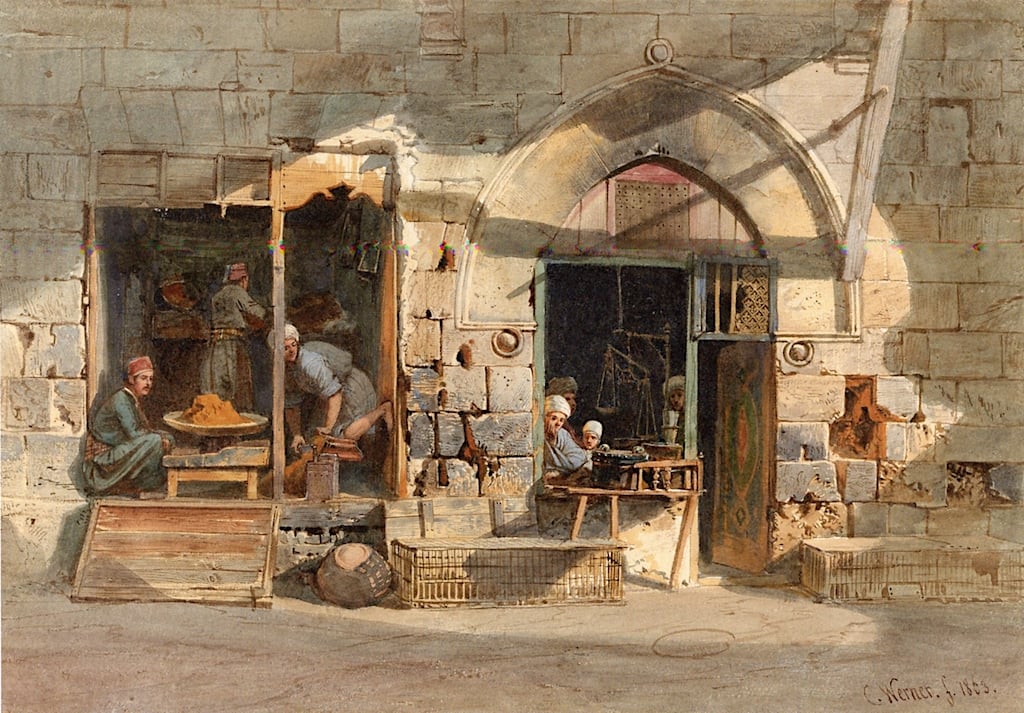
Black pepper is the most popular, common, known and widespread spice. It comes from the fruits of the pepper tree, after they are dried while they are still green. It has a strong spicy and hot taste and goes well with almost all foods, especially heavier sauces – such as tomato or wine – red meats and sweets.
There are references for this in ancient Indian texts, while in Egypt it was used in mummies. The nostrils of dead emperors and nobles were filled with peppercorns. In the Roman Empire, merchant ships travelled as far as India to buy pepper in exchange for gold.
Cinnamon is the name of the spice, but also of the plant from whose peel it is produced. Cinnamon is native to Ceylon (Sri Lanka), where it originates from. It has a fine aroma and sweet taste. In the form of peel and powder it is used in desserts, meats and liqueurs. In the East it is also used in coffee. In ancient times, it was used in consecration ceremonies, so that its special aroma was diffused by burning, but also in embalming.
Cloves come from the dried buds of the clove tree. Its taste is strong and typically pungent, while its aroma is pleasant and equally acidic. It is widely used in the Eastern and Mediterranean cuisine to flavour meats. It is also used in pastry, baking,, distilling, and for flavouring liqueurs. For years it has been used by surgeons and obstetricians due to its antiseptic, disinfectant and analgesic properties.
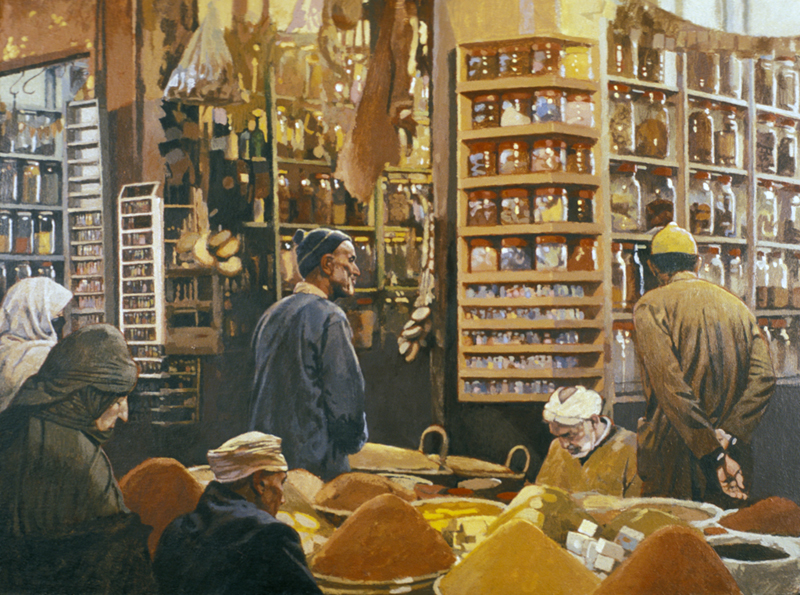
Saffron is derived from the stamens of the saffron flower. It has a strong flavour and aroma, and is delicious in combination with neutral flavours such as rice, potatoes, pasta, chicken and seafood.
Being a precious spice of ancient civilisations, it was highly valued for its aroma, colour and medicinal properties. The word saffron comes from the Arabic word “zafaran” meaning yellow. The plant travelled thousands of years from the East and Egypt to the Cyclades and Crete. It was a luxury good in Persia and a valuable trading item in the Asian countries. Its yellow colour was used to dye fabrics and fibres for clothing, as well as carpets.
Nutmeg comes from the seeds of the nutmeg tree. It originates from Indonesia and India. It is distinguished by its strong and penetrating aroma and intense, almost sweet taste. Nutmeg is used in baking, cooking, flavouring meat, in various sauces and liqueurs. By crushing it produces an oil called nutmeg butter. It has uses in pharmacy, soap making and perfumery.
In ancient times it was used as incense. Until the middle of the 19th century, the Banda islands were the world’s only source of nutmeg. It was known as an expensive good traded by Muslim sailors from the port of Basrah, such as the mythical hero Sinbad the Seaman in the Thousand and One Nights. Nutmeg was traded by the Arabs during the Middle Ages and sold to the Venetians at a high price. Merchants did not reveal the exact location of its source in the lucrative Indian Ocean trade, and no European was able to know its place of origin. Successively, Portuguese, Dutch and English conquerors controlled the trade of nutmeg from the Indonesian islands.
Cumin is the dried seeds of the homonymous plant originally from India, which is now native to the Eastern Mediterranean and is also cultivated in South Africa, Middle Eastern countries and Mexico. There is white and black cumin. Black cumin, or wild cumin, is grown in Pakistan, Iran and Turkey, and has a sweeter taste and smaller seeds. It is a key ingredient in curry and is also used in teas.
In ancient Egyptian culture, cumin was used both as a seasoning and as a preservative in embalming. Cumin was an important spice in ancient Crete. Ideograms about cumin appear in Linear B records recovered from the Minoan palace storerooms.
